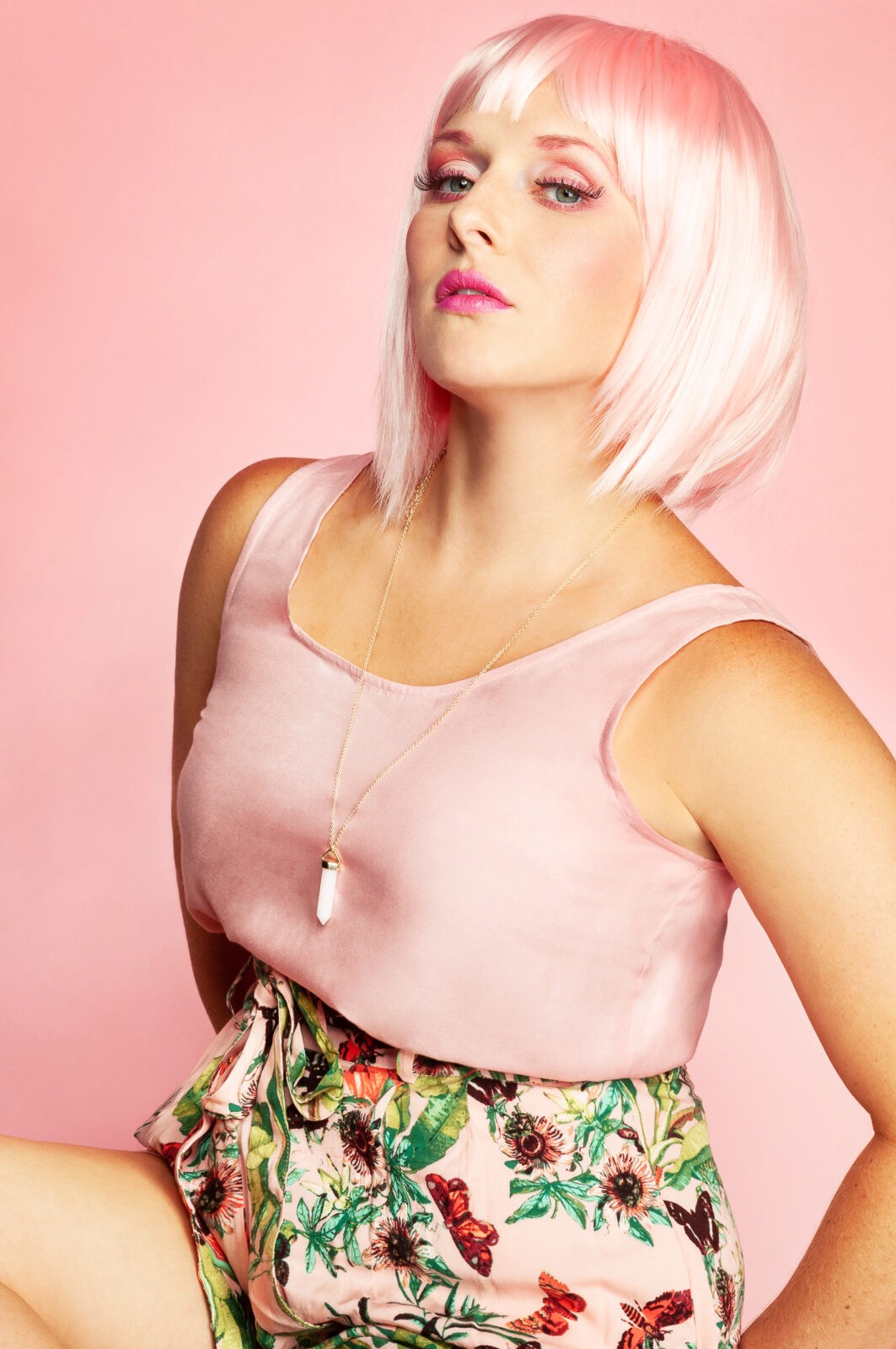 I’m coming to the realization that the great majority of my darker moments stem from the feeling that I am not “seen,” and a fear that I may not ever be. And really, my biggest motivators for creativity are wrapped up in the same roots. Of course, I don’t mean literally “seen,” but that ache of believing you aren’t really understood, or valued, or deeply known. For me, there’s never been a more heart-shattering, panic-inducing feeling than knowing that I am not being received in a way that reflects my intention, or my context. I get that prickly, short-of-breath feeling just thinking about times I’ve been fundamentally, acutely, essentially misunderstood. I can too easily recall the desperation in those moments. It’s claustrophobic. My literal nightmares are brimming with this theme. And yet again, there’s probably nothing more exciting or inspiring to me than the idea that I might be able to create something that will let *me* out . . . I think it’s one of those “human nature” things where your childhood traumas follow you into your teens, and then into your adulthood, and you just can’t stop bumping up against that same old monster. You know? You repeat the same story until you figure out how to end it differently. Or something? And I’m starting to see it everywhere. Truly, everywhere. I’ve somehow built it into every little part of my life, more or less intentionally. I think, less.
I’m coming to the realization that the great majority of my darker moments stem from the feeling that I am not “seen,” and a fear that I may not ever be. And really, my biggest motivators for creativity are wrapped up in the same roots. Of course, I don’t mean literally “seen,” but that ache of believing you aren’t really understood, or valued, or deeply known. For me, there’s never been a more heart-shattering, panic-inducing feeling than knowing that I am not being received in a way that reflects my intention, or my context. I get that prickly, short-of-breath feeling just thinking about times I’ve been fundamentally, acutely, essentially misunderstood. I can too easily recall the desperation in those moments. It’s claustrophobic. My literal nightmares are brimming with this theme. And yet again, there’s probably nothing more exciting or inspiring to me than the idea that I might be able to create something that will let *me* out . . . I think it’s one of those “human nature” things where your childhood traumas follow you into your teens, and then into your adulthood, and you just can’t stop bumping up against that same old monster. You know? You repeat the same story until you figure out how to end it differently. Or something? And I’m starting to see it everywhere. Truly, everywhere. I’ve somehow built it into every little part of my life, more or less intentionally. I think, less.
I imagine this must be the reason I’ve lately been obsessed with the concept of masks. There is such a depth around it. At the start, I imagine the stereotypical sort of masking. I think of people who use masks to conceal, to manipulate, to control, to harm. There are endless stories there. Then, just a degree away is the kind of mask that keeps the wearer well-hidden, quite invulnerable, but necessarily also keeps the wearer from trust, from rest, from intimacy. It’s not offensive, per se, but destructive nonetheless as it keeps one in, and keeps others out.
But can’t masks also be constructive? Can’t they also reveal? We might use a mask to show a part of ourselves that people seem to be missing—like a filter, or a magnifying glass, compelling visibility for an underexposed portion of our character. Also constructive are masks we use to protect ourselves from those who won’t understand or accept the things we hide. Masks can focus our selves; through a sort of funnel, we can summon or channel exactly the self we need for the time, for the place. Sometimes, a provisional mask can help us explore a self we haven’t quite nurtured. Perhaps it’s a collection of masks, alternated periodically or regularly, one-at-a-time or layered and stacked, that all together make up a full self. Or maybe, we’ve accumulated masks to help us survive a prolonged trauma, and it’s a careful peeling away that can reveal a piece of our childlike wildness, previously unexplored. Masks are earnest, sinister, brave, spineless, seductive, playful, steel-plated, and feathered. And I want all of these stories. To hear them, to tell them.
More on this to come . . .
EM
